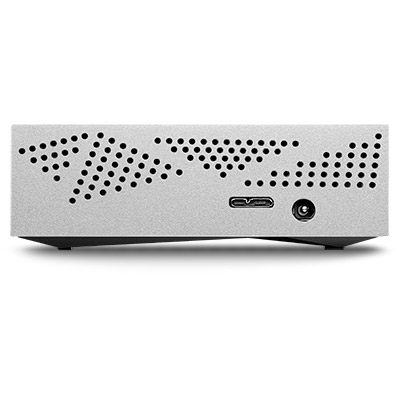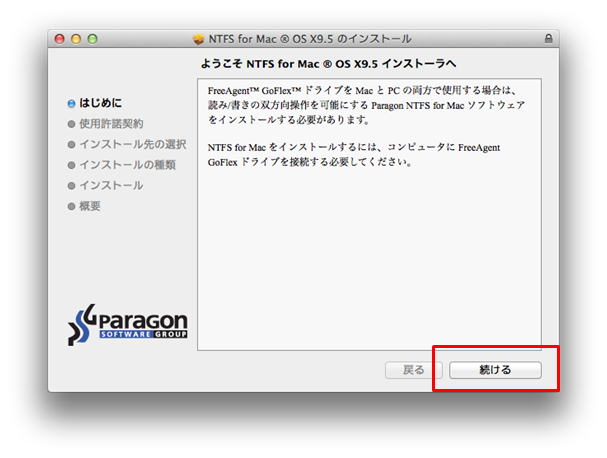


Although it claims to work for Seagagte drives only, i'm half way through a stack of various makes and all have read/write access. Paragon lists their NTFS driver as Ventura compatible as long as you're at 15.10.468 or higher. There are other methods, some risky, some costly, that people claim work better, but this is the most painless method IMO. This may be a bug, and I'll keep my issue open, but it's worth taking note that there's a better way to do file systems on ext. Paragon drivers for both TEN and OSX, free. This doesn't solve the issue that El Capitan, especially with the later betas, seems to refuse to show any NTFS drives anymore. This could be used to move data between the Mac and the Windows machine, but would suffer from all the same FAT32 issues mentioned above. hard drive and plans to use it with a Mac, first thing before you put any data on it - REFORMAT it to exFAT - it will save you a lot of trouble later. Paragon Software does say in their FAQ that you may be eligible for an upgrade from WD or Seagate’s older versions of NTFS for Mac.
#Seagate paragon ntfs for mac for mac#
As soon as the format was done on my Windows machine, I ran back to my Mac and plugged that drive in and - what do you know - it worked!!įor Future Reference: Advice to anyone who buys a Seagate NTFS-based ext. They have a link to a more recent version of Paragon NTFS Driver for Mac (15.9.328, ) on My Passport Wireless Pro's download page. Step 2: Install it on your computer after the download is complete. Q: I have a paragon driver for the Seagate drive.
#Seagate paragon ntfs for mac for mac os x#
My solution: Since I had another Seagate drive that I needed to reformat anyways, I did a little research and found that the exFAT format works better for Mac/PC interop. To use Paragon NTFS for Mac, you need to proceed with the following steps: Step 1: Download the Paragon NTFS for Mac software. Paragon NTFS for Mac OS X 10 (English, French, Italian, Spanish, German versions). The Problem: My Seagate hard drive would not be recognized by my Mac. Insert your NTFS drive or USB stick and click to highlight the disk name in the white box on the left-hand side of the window. Insert your NTFS drive or USB stick and click to highlight the disk name in. So I just solved this problem on my own.However, my solution actually didn't solve the inherent still-remaining problem of NTFS support in OS X El Capitan Beta. To get started, click the Spotlight icon at the top right of your screen and enter ‘Disk’ to launch Disk Utility.


 0 kommentar(er)
0 kommentar(er)
